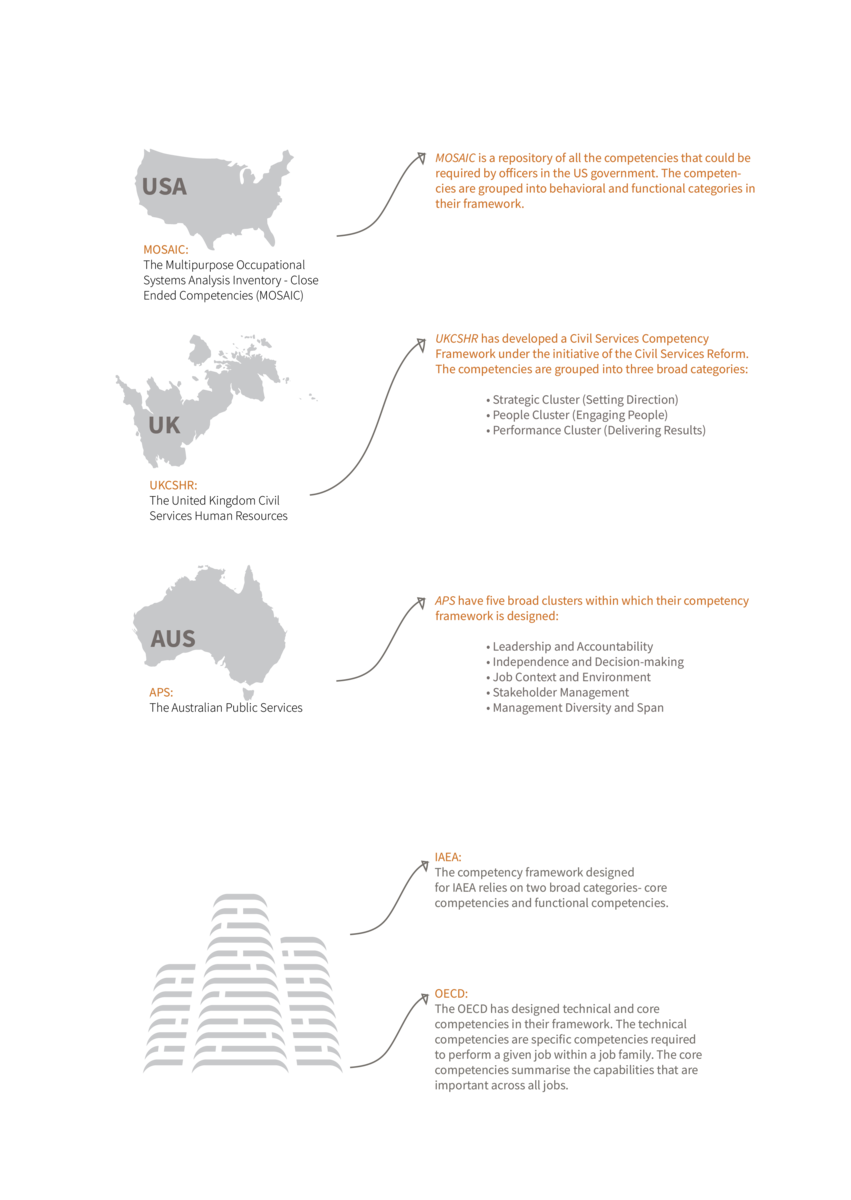Curriculum Redesign
The Goal
To collaborate with the Department of Personnel and Training (DoPT) and the Institute of Secretariat Training and Management (ISTM) to redesign the foundational training programme of Assistant Section Officers (ASOs) across various ministries in the government.
Within governments, ASOs effectuate tasks that are crucial to a well-oiled state machinery. They assist in policy formulation and implementation, respond to parliament questions and preliminarily examine any policy or scheme.
Therefore, during the period of training ASOs must be equipped with the right functional and behavioral skills including digital literacy to build skills and efficiency.
The Challenge
Currently ASOs are trained for four weeks before they are posted to various ministries. This limits their access to a spectrum of skills and knowledge crucial to performing their roles.
Largely, the focus has been on introduction to procedures and rules which restricts the scope to build even a base level understanding of competencies. Due to this, ASOs often feel the need to acquire new competencies sometimes immediately after they are posted to a ministry.
Our Strategy
To move towards a competency-based model of learning the C-LOP team began with conducting a series of surveys including an online survey of ASOs who had an average of five years experience, focussed group discussions and a needs assessment study.
All three surveys were designed to include diversity in responses and brought to light the need for building communication skills, behavioural competencies, networking, developing officer-like qualities, access to mentoring, and mechanisms for lifelong learning.
Alongside the survey, the team focused on building an in-depth understanding of the foundation course. The aim of this review was to highlight key competencies that could be the focus of training and conclude with recommendations to guide the curriculum redesign process. The purpose of this was to understand the following:
- How does the ASO Foundation Training program map onto functional and behavioural competencies that are considered essential for ASOs?
- Observations on modules and the marking scheme.
- Observations on the feedback document.
Based on the curriculum review the team reccomended- mapping competencies to roles, designing the course plan with more nuance to include relevant competencies and facilitating critical thinking, evaluation and creation. It was also seen that under the experiential learning phase of the ASO training the learning consisted of only two phases out of a recommended four stage learning cycle.
Since, the move to competency-based learning is a new initiative by the Indian government there was a need to refer to the methodologies employed by countries that have tried and tested this system. To understand how other countries incorporate competencies for an entry level officer into their professional development model, a global benchmarking exercise was conducted.
In this exercise, competencies from three countries and two international organisations were mapped against the competencies currently included in the Indian Civil Services Dictionary.
The most crucial outcome from this exercise was the taxonomy of competencies from each of these countries and organisations mapped against the competencies mentioned in the Indian Civil Services dictionary. This taxonomy enabled the team to identify competencies that needed to be considered while developing the set of required competencies for ASOs.
From here the team moved on to identifying the behavioral and functional competencies ASOs need to perform their roles and activities. The identification of competencies is best done when tied to a role, and thus the position and activities that it carries on.
Based on these activities C-LOP proposed that:
- Training for ASOs be extended to 104 weeks and the training be broken down by competencies.
- Training and assessment must include behavioral competencies as well.
- Engagement with ASOs continues post training through a mentoring system and specific cluster training based on job requirements.



